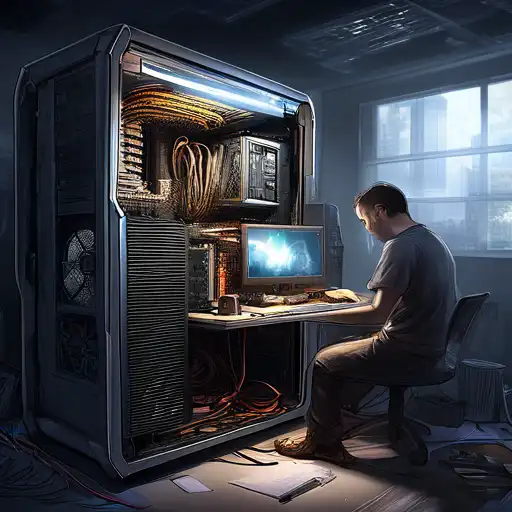Introduction to PC Building
Embarking on the journey of building your own PC can be both exhilarating and daunting. This guide is designed to demystify the process, providing you with the knowledge and confidence to assemble your first computer. Whether for gaming, work, or general use, building a PC offers unparalleled customization and satisfaction.
Why Build Your Own PC?
Building your own PC allows you to tailor every component to your specific needs, often resulting in better performance and value than pre-built options. It's also a fantastic learning experience, offering insight into how computers work.
Essential Components for Your PC
Before diving into the assembly, it's crucial to understand the key components you'll need:
- Processor (CPU): The brain of your computer, responsible for executing instructions.
- Motherboard: The foundation that connects all components.
- Memory (RAM): Temporary storage for data being processed.
- Storage (SSD/HDD): Where your operating system and files are stored.
- Graphics Card (GPU): Essential for rendering images, especially important for gaming and video editing.
- Power Supply (PSU): Powers all components.
- Case: Houses all parts, with considerations for size and airflow.
Choosing the Right Parts
Selecting compatible components is vital. Research each part to ensure they meet your needs and work together seamlessly. Websites like PCPartPicker can help verify compatibility.
Step-by-Step Assembly Guide
With all components ready, follow these steps to assemble your PC:
- Prepare Your Workspace: Ensure a clean, static-free area.
- Install the CPU: Carefully place the processor into the motherboard's socket.
- Add RAM: Insert the memory sticks into the designated slots.
- Mount the Motherboard: Secure it inside the case.
- Install Storage: Connect your SSD or HDD to the motherboard and power supply.
- Insert the GPU: Place the graphics card into the appropriate slot.
- Connect the PSU: Wire the power supply to all components.
- Final Checks: Ensure all connections are secure before powering on.
Installing the Operating System
After assembly, you'll need to install an operating system. Whether you choose Windows, Linux, or another OS, ensure you have a bootable USB drive ready.
Tips for First-Time Builders
Building a PC is a rewarding experience, but here are a few tips to smooth the process:
- Take your time and double-check each step.
- Keep screws and small parts organized.
- Don't force components; they should fit smoothly.
- Consult online forums or videos if you're unsure.
Building your own PC is not just about saving money—it's about creating something uniquely yours. With patience and research, anyone can assemble their dream computer. For more detailed guides, check out our PC Building Resources.
